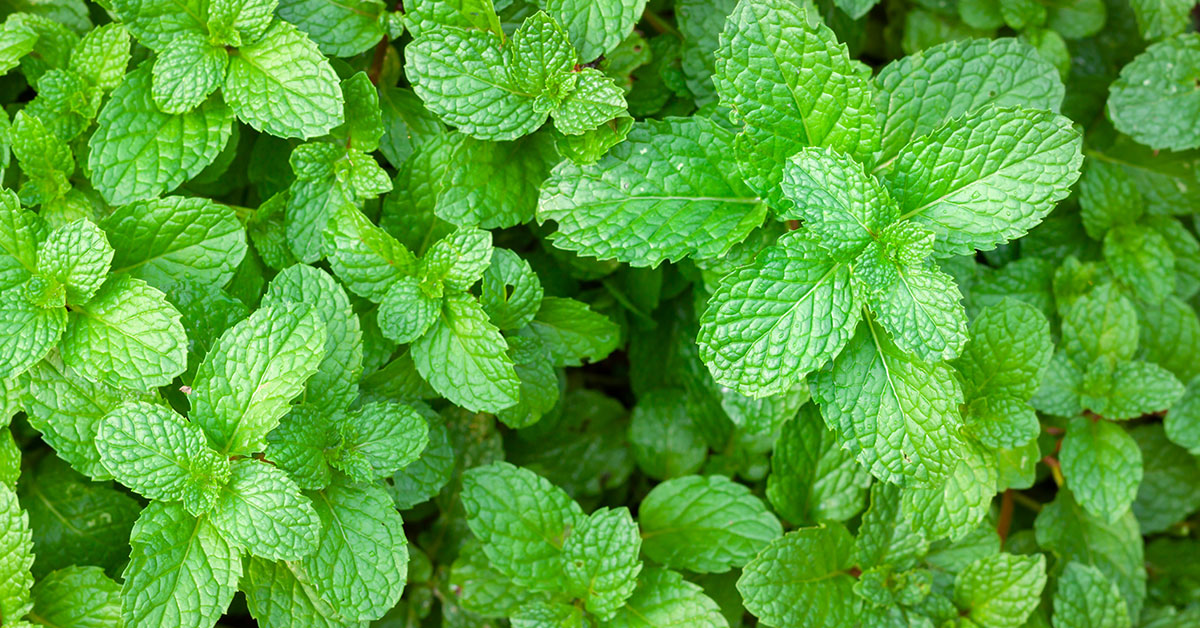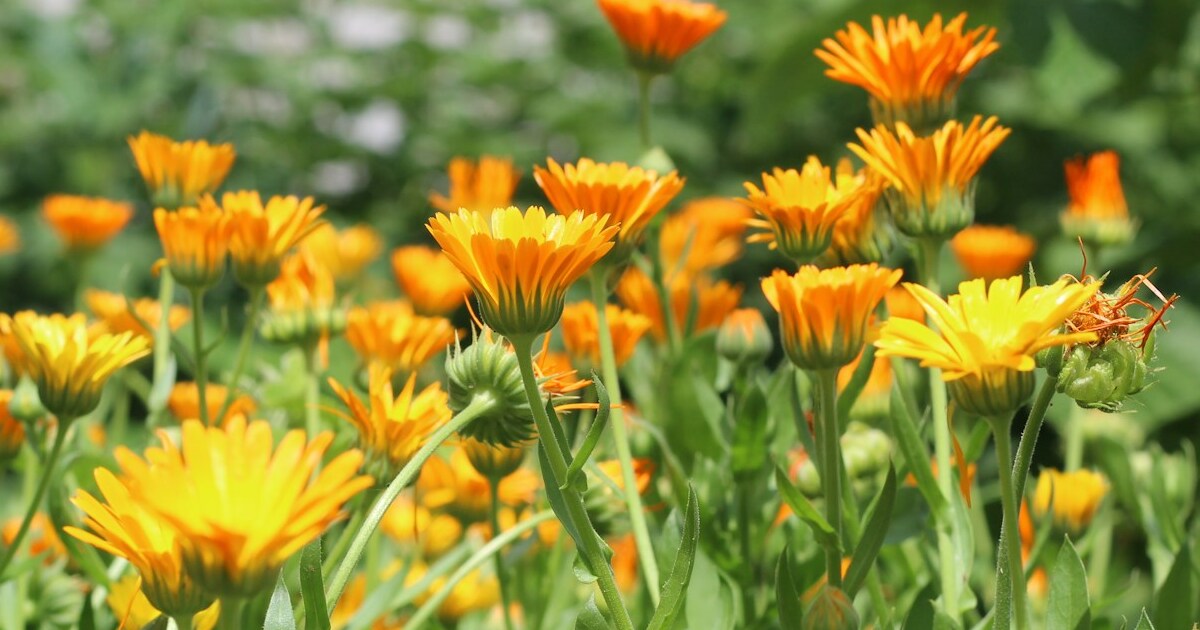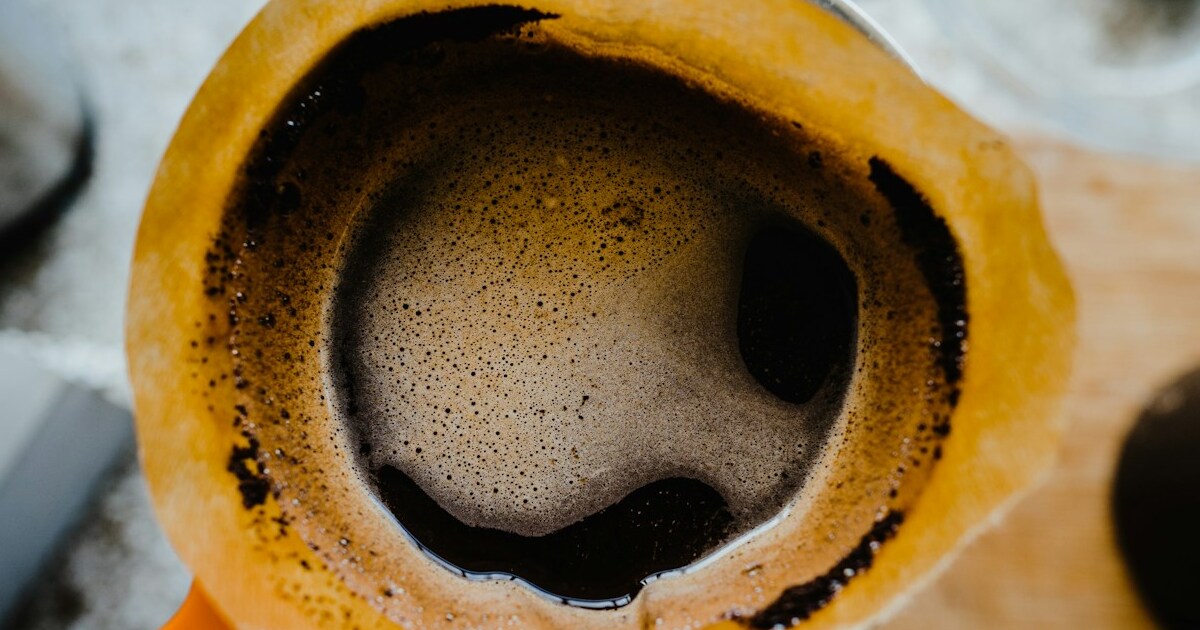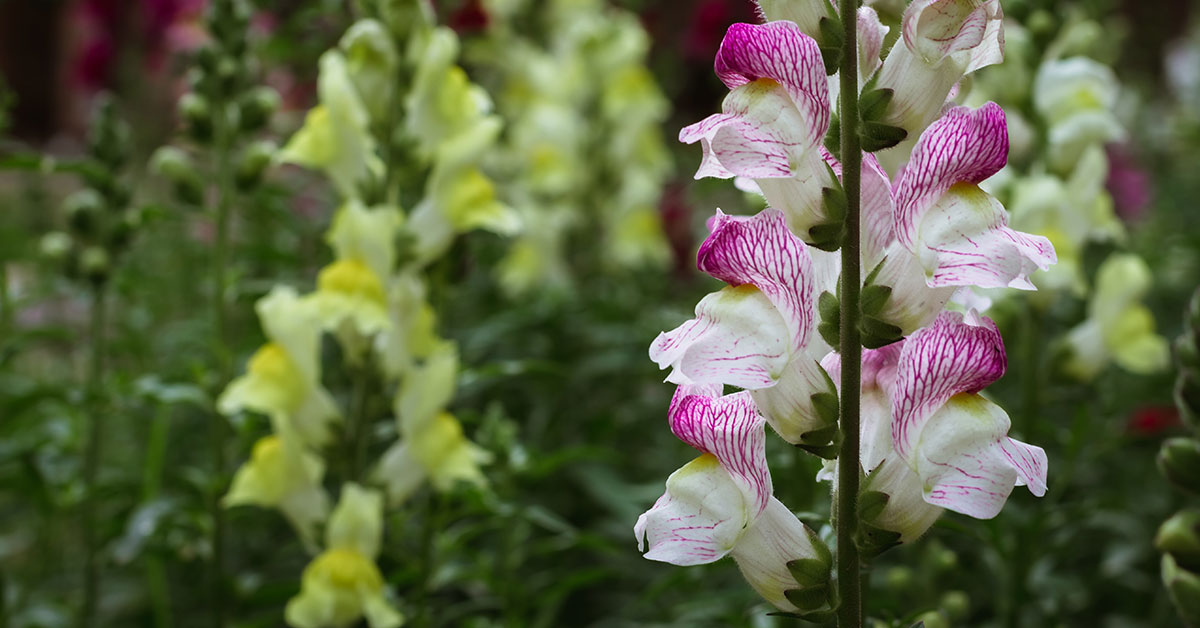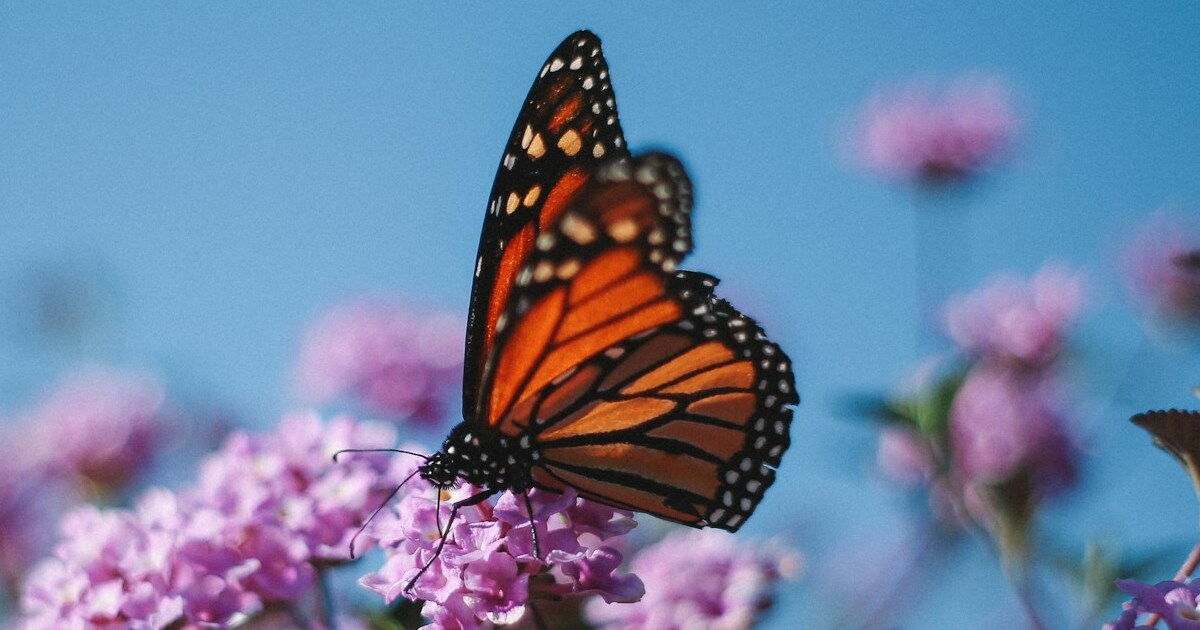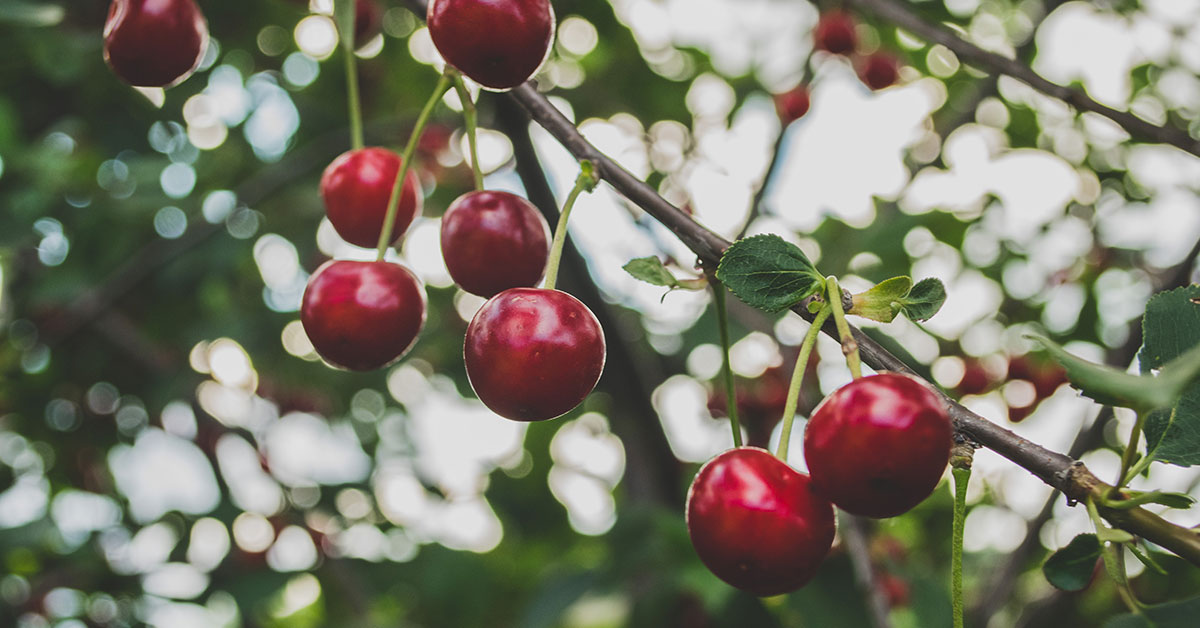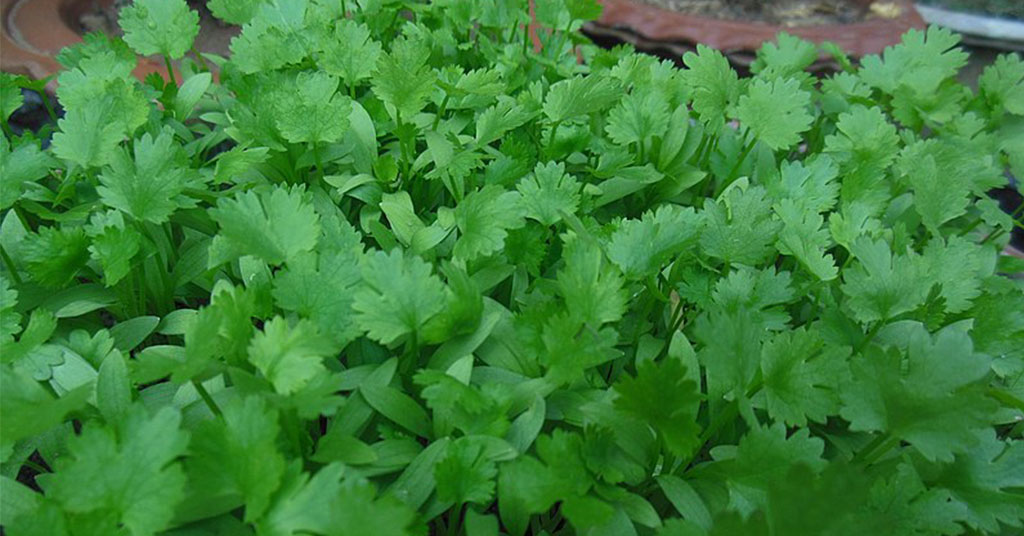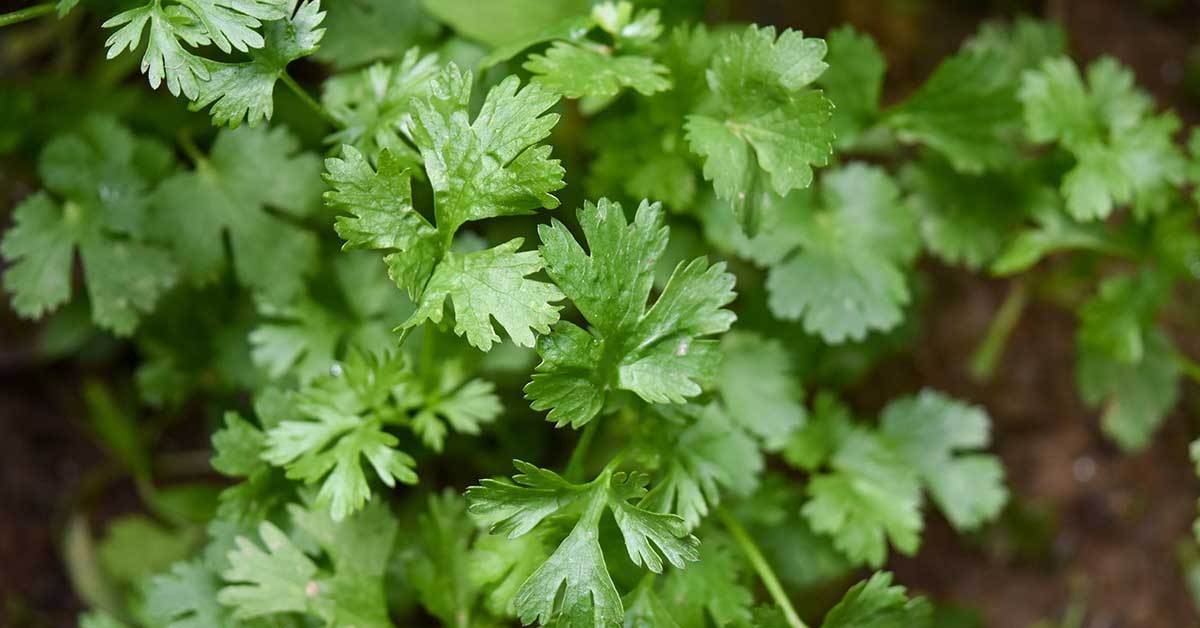There’s something undeniably charming about stepping up to a front porch and being greeted by a fresh, invigorating scent. If you’ve ever stood at an entrance and suddenly felt uplifted, it might have been the subtle tingle of peppermint wafting through the air. Peppermint (Mentha × piperita), a hybrid of watermint and spearmint, hails from Europe and the Middle East. Over centuries, it’s naturalized across temperate regions worldwide. That cool, clean fragrance instantly signals hospitality and care, making it a delightful choice to border your doorway or line your path.
Beyond its welcoming aroma, peppermint is surprisingly practical. In my own garden, I’ve watched it spread with gusto, forming a verdant mat that seems to shimmer in the sunlight. Yet, I quickly learned that its vigorous growth is both a blessing and a caution—peppermint can become invasive if unchecked. Planting it by your entrance means regular maintenance, yes, but also countless rewards: from deterring unwelcome pests to attracting beneficial pollinators nesting among its fragrant leaves. In this article, we’ll delve into ten compelling reasons to consider peppermint at your doorstep, covering everything from health benefits to garden ecology!
Natural Pest Deterrent

One of the most celebrated benefits of peppermint is its remarkable ability to repel insects. Mosquitoes, ants, and even mice hate the strong menthol scent that peppermint emits from its leaves and oils. When you grow peppermint by your entrance, it forms a fragrant barrier that discourages these pests from gathering near your door. I remember the first summer I planted a row of peppermint along my front steps—almost overnight, the mosquitoes that once buzzed relentlessly around the stoop vanished. It’s such a relief to greet guests without swatting away biting insects!
Moreover, peppermint’s oils infiltrate the surrounding soil, keeping subterranean pests like root weevils at bay. Those tiny larvae that often nest underground will think twice before tunneling near your foundations. Over time, even aphids and cabbage loopers—common garden nuisances—find the minty environment inhospitable. Just be mindful: if you’ve ever dealt with ants nesting in damp soil near your home, you know how tenacious they can be. By planting peppermint, you introduce a natural, non-toxic method of discouraging them from turning your walkway into their new highway.
Inviting Aroma for Guests

Picture walking up to your home after a long day and being enveloped by a breezy, uplifting scent that instantly lifts your spirits. That’s precisely what peppermint does. Its aromatic essential oils—high in menthol—activate olfactory receptors to create a sense of freshness and mental clarity. I’ve had neighbors comment, “Your entryway smells like a spa!” as they passed by. That immediate impression of cleanliness and care sets a welcoming tone before anyone even steps through your doorway.
It’s not just about first impressions either—peppermint by the entrance can trigger fond memories of homemade teas, childhood summers, or even minty desserts. Guests strolling past might pause to inhale, smile, and remark on the lovely fragrance, making your home feel instantly inviting. Given how quickly the scent intensifies on warm afternoons—thanks to increased oil volatilization—it’s a simple, cost-effective way to upgrade your curb appeal organically. And if you’re someone who hosts regularly, your visitors will genuinely appreciate the invigorating, mood-lifting effect!
Culinary and Medicinal Access at Hand

Planting peppermint by your entrance isn’t solely ornamental; it’s also practical for culinary and wellness applications. Imagine having a handful of fresh leaves just steps away whenever you need to whip up a garnish for iced tea or a garnish for your summer salads. Home-cooked meals instantly benefit from that bright, peppery note—no need to run to the grocery store for that elusive bunch of mint! Personally, I’ve plucked leaves en route to my kitchen on sweltering days, tossing them into homemade lemonade for an extra zing.
From a medicinal standpoint, peppermint’s benefits are legendary. Crushing a leaf between your fingers releases oils that can relieve tension headaches when gently rubbed on your temples. In my own experience, brewing a quick peppermint infusion helps soothe an upset stomach within minutes. Growing it by your door ensures you always have this natural remedy at arm’s length—no rummaging through spice jars required! Just remember that peppermint can be invasive: as lovely as it is to have fresh mint on demand, plant in a contained space (or use a barrier) to keep it from spreading into untamed corners of your yard.
Attracting Beneficial Pollinators
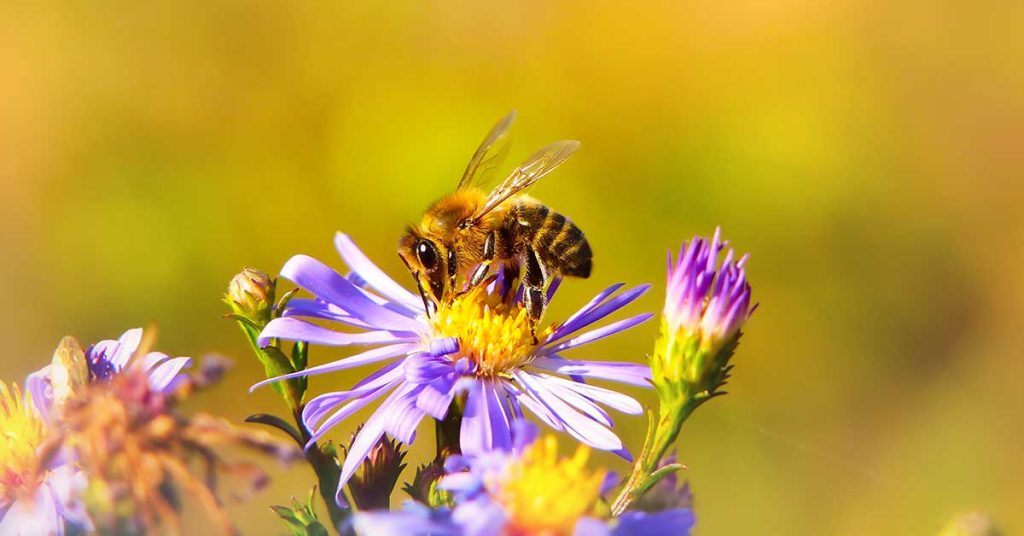
Peppermint boasts slender lavender flowers that bloom in mid to late summer, drawing bees, butterflies, and even hummingbirds. In its native habitats of Europe and the Middle East, it serves as a vital nectar source for pollinating insects preparing for the seasons ahead. When you plant it by your entrance, you’re effectively creating a wildlife magnet—those adorable bumblebees buzzing between flowers are busy pollinating, and you get the pleasure of watching their industrious dance from your front porch.
Over the years, I’ve noticed that once my peppermint patch matured, beneficial predatory insects like syrphid flies (hoverflies) also began frequenting the area. These flies are natural aphid predators—nesting around mint stems and preying on pests that might otherwise attack nearby annuals or herbs. Having peppermint at the entrance thus fosters a micro-ecosystem right at your door. It’s incredibly satisfying to see that delicate yellow and white hoverfly hatch from its soil-bound pupae and flutter among mint blossoms—a perfect example of how a small planting decision can ripple into a balanced garden community.
Seasonal Stress Relief and Mental Boost

There’s a reason many aromatherapists recommend peppermint oil for seasonal affective disorder (SAD) or midday slumps: aromatic stimulation can clear the mind and boost mood. When you step out your front door and breathe in that cool minty scent, it’s like taking a mini mental “reset.” On gray autumn mornings or bone-chilling winter days, walking past a patch of peppermint and inhaling its vibrant aroma can feel like a gentle wake-up call. In my own home, I’ve experimented with clipping a few sprigs to tuck inside a small diffuser by my entrance—guests often comment on how awakened they feel as soon as they arrive.
Moreover, that brief aromatic interlude can reduce stress and anxiety. As I juggle work deadlines, the simple act of brushing my hand over mint leaves on the way out to fetch the mail gives me a moment to pause, breathe deeply, and re-center. Scientists have found that menthol triggers thermoreceptors, creating a mild, cooling sensation that helps calm racing thoughts. Having peppermint by your entrance is akin to adding an aromatic oasis just a few steps from your front door—an ever-ready tool to elevate your emotional well-being each time you leave or return home.
Ground Cover and Erosion Control

Peppermint spreads via creeping stolons, forming a dense mat over time that virtually blankets open soil. Planted by an entrance—especially on a slope or near a pathway—it helps anchor that soil, reducing erosion from heavy rains or foot traffic. I recall how my front walkway used to get muddy after spring showers, with bare patches forming where water washed away the topsoil. After interplanting peppermint, those slick, muddy spots disappeared. The mint’s vigorous roots locked the soil in place, making stomping through the front yard far less messy.
While peppermint’s invasiveness can feel like a double-edged sword, using it as a ground cover strategically contained by edging makes it a potent erosion control ally. Its evergreen foliage also conceals bare soil in colder months, preserving ground moisture and reducing weed emergence. In that sense, peppermint serves as a living mulch: it shades the soil, preventing temperature extremes and keeping moisture levels stable. Just be prepared to monitor its spread—installing a simple plastic or stone root barrier can help ensure it doesn’t wander into adjacent beds where it might crowd out other plants.
Creating a Safe Barrier Around Your Home
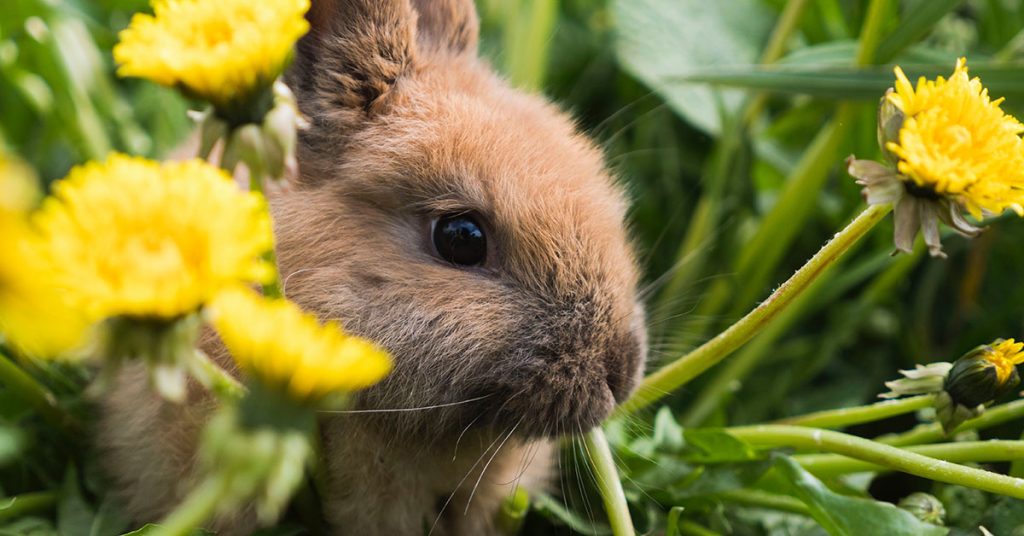
Believe it or not, peppermint can serve as a living “security system.” Its strong scent and flavor deter small mammals like rabbits and deer from nibbling on your entranceway landscape. I once experimented with planting a row of peppermint around my front rose bushes (which are unfortunately a rabbit’s delight). Almost immediately, the rabbits stopped accessing the area. They’d hop up to the peppermint line, sample a leaf, wrinkle their noses, and retreat—searching instead for more palatable treats in the neighboring yard.
In addition, pests such as voles or gophers find the aromatic oils distasteful and may avoid them altogether, reducing the likelihood of underground tunneling near your foundation. That’s particularly handy if you’ve ever had to deal with vole damage under your porch or around ornamental plant roots. Though peppermint is not a foolproof deterrent and will not stop every critter—raccoons, for example, are less sensitive to mint—it offers a low-cost, natural deterrent that can minimize damage from small herbivores. The result is a living, fragrant fence that wards off unwelcome guests both above and below ground!
Easy Propagation and Low-Maintenance Growth
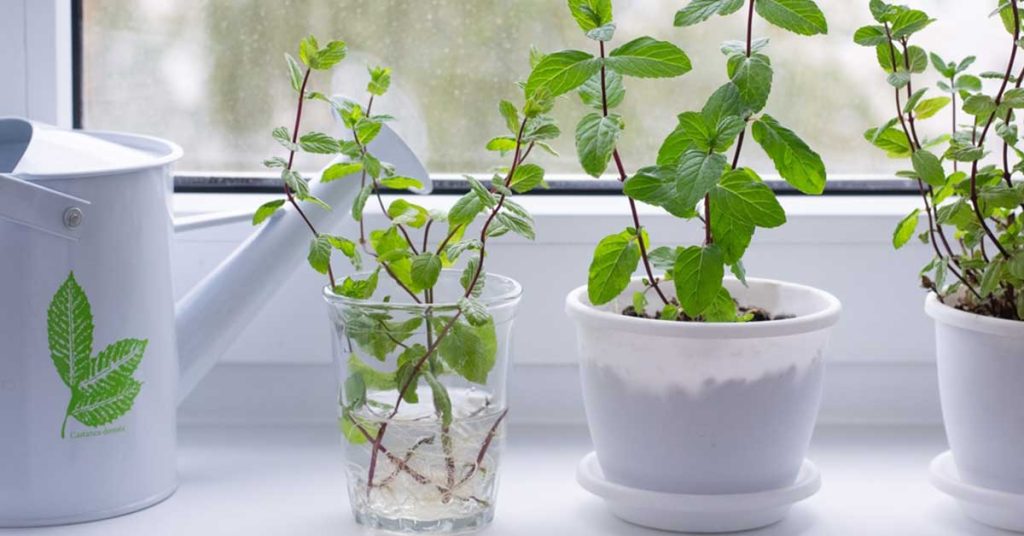
One of my favorite aspects of peppermint is how simple it is to propagate. By taking a few stem cuttings and placing them in water or directly into moist potting soil, you can have brand-new plants within weeks. When you plant it by your entrance, you’ll soon discover that you have more than enough mint to share with friends—or to transplant into a container on your patio. The excitement of watching cuttings develop roots and sprout fresh leaves never gets old! And that means you don’t need to splurge on buying new seedlings each season—propagation is free, if you keep an eye on volunteer runners.
Peppermint’s low-maintenance nature makes it ideal for busy households. Once established in partial shade to full sun—conditions similar to its native wet stream banks in Europe—it requires minimal supplemental watering. Even if you forget to tend to it for a week, the plant bounces back with minimal fuss. Just be sure to prune it back periodically to keep it from engulfing other entranceway plantings. By cutting back runners and harvesting leaves regularly, you not only maintain a tidy appearance but also encourage lush, vigorous new growth. That balance between ease of care and rewarding proliferation makes peppermint a gardener’s delight!
Visual Appeal and Textural Contrast
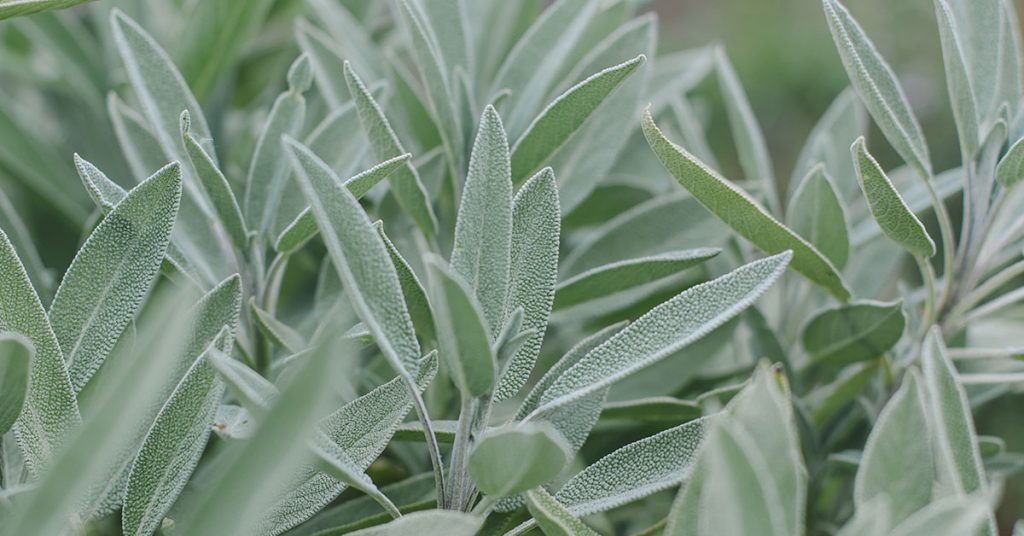
Peppermint’s bright green, serrated leaves create a lush, textured border that instantly livens up any entrance. Its upright, two-foot-tall habit contrasts beautifully with low-growing ground covers or structural shrubs like boxwood. I once paired peppermint with slate-gray Russian sage along my walkway, and the visual interplay between mint’s vibrant foliage and the sage’s silvery tones was nothing short of breathtaking. Even in winter, when the leaves mellow to a darker hue, the classic mint leaf shape adds organic interest, especially when edged by frost.
Beyond color, peppermint’s fine hairs on the stems and leaves lend a soft, velvety texture that draws the eye—and the hand! Visitors often pause to run their fingers across the leaves, delighting in the gentle fuzz and inhaling the fresh scent. That tactility creates a memorable sensory moment before a guest even steps onto your porch. If you’re someone who appreciates multi-sensory garden experiences, peppermint by the entrance serves as both a visual feast and a tactile invitation—its presence says, “Come on in, stay awhile, and breathe deeply!”
Companion Planting Benefits for Nearby Gardens
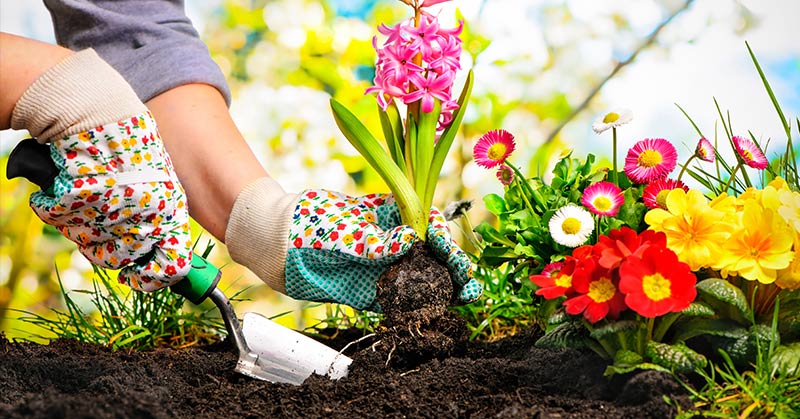
When placed at your entrance, peppermint does more than showcase its own charms—it also fosters healthier neighbors. Its strong aromatic oils repel many destructive insects—such as flea beetles and aphids—that might otherwise migrate to adjacent vegetable beds or flower borders. In my own ornamental-herb border, I’ve noticed the basil and tomatoes perform better when bedded out next to mint. The basil (Ocimum basilicum) seems to resent the fleeing aphids, and the pepper plants (Capsicum spp.) enjoy fewer flea beetle visits. Peppermint acts as a living guard, creating a protective zone around plants that are more susceptible to pests.
Additionally, as pollinators come to forage among peppermint’s blooms, their increased activity carries over to nearby flowering plants. Your front-of-house garden may feature petunias, coleus, or ornamental alliums, but peppermint’s lavender-hued flowers draw bees and syrphid flies that also pollinate these ornamentals. Over time, you’ll notice fuller flower heads, improved seed set, and a generally busier pollinator scene right at your doorstep. So, peppermint at the entrance not only stands on its own merits but lifts up the entire planting scheme—creating a bustling, healthy ecosystem right where you enter and exit every day.


